“Downgrading” to Fuji
Less is more – losing my religion
Let’s start with a small confession. I actually wrote this article twice.
Finishing it last night, I realized that it was just another “I’ve gone from Canon fullframe to Fuji” speech.
And the content had a certain resemblence to an AA meeting. Me admitting to my sad past life.

A life in darknes, with an unbearable, heavy burden, fullframe devil on my shoulder and a full-blown megapixel addiction. That, of couse, before seeing the divine light and becoming a fully reborn Fuji-evangelist.
A speech, I myself, have read more times than I care to remember and that have been written a zillion times.
So unless you’ve been living your life under a rock for the past 5 years, it should have become clear by now, that Fuji is now more than ever an established brand, also in the pro & semipro consumer segment, gathering new fuji disciples every day.
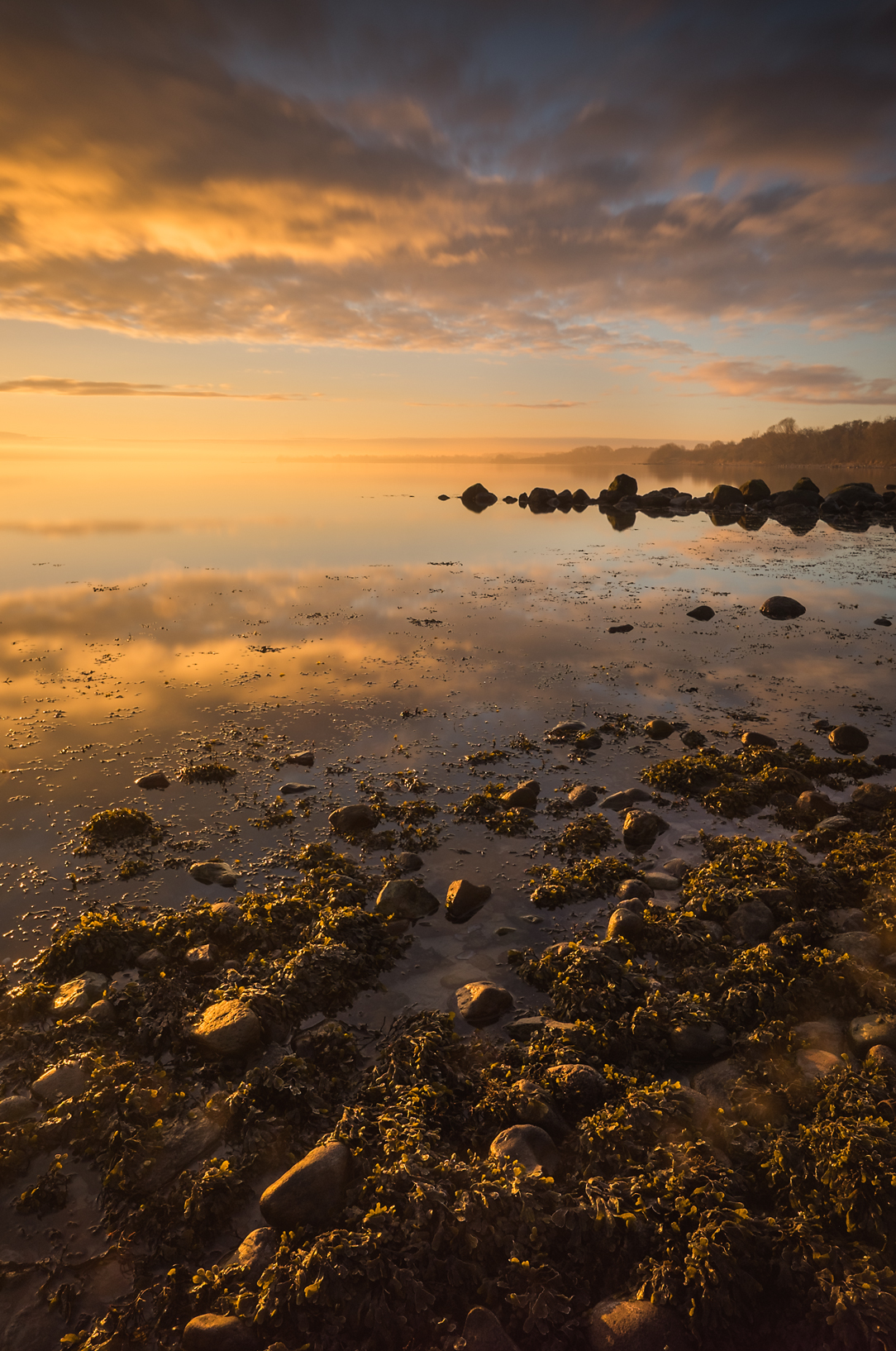
Just a brief statement to avoid any misunderstandings
I’m most definitely not a Fuji fanboy, never have been and never will be. I’m pretty much ignorant to brands.
Give me a better camera solution and I’ll be out the door faster than you can say f-stop.
Even though I find my X-T1 immensely and unbelievably sexy. Particularly with that 56 or 90mm screwed tight into place, I will always strive for the best solution for me, no matter brand name. And I will never compromise image quality just to stay loyal. At the moment and for the past year my preferred weapon of choice has been the Fuji X-T1 with a wide range of lenses. And I cannot see myself going in other directions at the moment, as I’m extremely pleased. The X-T1 suits my shooting style more or less perfectly. And yes, of course I know. The specs are not on par with a state of the art FF DSLR monster.
But guess what, I’m absolutely fine with that.
Let me tell you. At first I found it immensely disturbing, having to settle for a smaller sensor and going down in Mpix.
More or less like buying an outdated DSLR. It felt wrong in so many ways. It’s hard to put into words and make sense of it, when a tech hungry and super rational guy like myself, actually decides to downgrade. Yes, DOWNGRADE.
Hate that word like a bag of fleas. It’s like moving backwards on slippery rocks.
This is basically what happened. The X-T1 reignited my creative approach to photographing, which I didn’t even realize had been lost somewhere down the road. Pure, simple, unfiltered and distilled shooting pleasure.
Actually my X-T1 was just aquired to bring along on trips as an lightweight alternative.
The way smaller size and weight of this camera most certainly had an major appeal to me, as I’ve been dealing with occasional backaches over the last couple of years often resulting in me leaving the camera at home when going to places.
I never suspected that this small camera would become my primary camera.
So for a while I actually held on to my 5D MK II, until one day I realized it had been stuck in my bag for almost half a year and would most likely never come out again. I had totally unware of what was going on, moved on to a new system.
There’s no point in denying it. I’ve always been really happy with my Canon system. My bulky, build as a tank, 5D MKII with battery grip and heavy duty pro lenses have more than fulfilled my imaging needs and has been a reliable partner in crime for the past 8 years. So the initial change to Fujifilm wasn’t really founded in displeasure with image quality, lack of technical abilities or general performance at all. I was just in the need for something to boost my creativity and to take me in another direction as treading water with my old setup. So the transition from Canon has more or less been effortless on my behalf. I find the X-T1 to be very intuitive and uncomplicated. What you see is what you get. So without shedding any tears, it has been more a matter of adjusting my deeply rooted habits. Also the bad ones…
Stating the obvious, some compromises had to be made going from a fullframe to the mirrorless X-T1.
You get way smaller files, a not so great image quality at high iso’s, and a slightly more DOF when shooting wide open.
So taking your needs into consideration before you change from dslr is absolutely mandatory. For me personally, not shooting iso demanding and actionpacked shots, this camera is just the perfect match.
And the results and visual feel of the images coming out of the X-T1 are completely different from Canon in so many ways.
The Fuji files have a distinct personality to them and a strange analouge feel which I really love.
I might be blinded by love, but can’t get into a more scientific speech about the differences. I usually shoot raw.
I haven’t quite come to terms with working only with jpegs. Especially when doing paid work it gives me peace of mind having a flexible raw files to compensate for my potential flaws. I have to admit, jpgs looks absolutely stunning and wonderful.
Wouldn’t hesitate a minute using them on a tight schedule, but usally I want to take my images in another direction so prefer to use my custom Lightroom presets and give the images a final workover in Photoshop or Nik Efex.
So was it worth the sacrifice? YES indeed, without a single doubt in my mind.
The advantages and the sheer shooting pleasure overpowers the disadvantages by far. At least for me.
The pleasure of photographing for me, is far more important than fullframe sensors, mpix and other hi-tech specs. Back to basics baby.
So that brings me back to the beginning. If you’re seriously looking for technical reassurance before making the big plunge into Fujifilm and sacrificing your DSLR gear on the altars of irrationality, it should take you no less than 1/10th sec. of a shuttertime second to Google or Youtube reviews either praising Fuji allover the place or the opposite. All the pros and cons are served for you on a silver platter.
Shooting style – moving on
My approach very often takes its influences from my professional work as a fashion/graphic art designer. So if you are a no-nonsense, puritan and insist on natural looking, unedited, hardcore realistic, straight out the camera shots, I’m most definitely not your kinda guy. I want my final images to have a strong graphic impact, which usually demands a fair amount of post-processing and manipulation. I know it is not for everybody. But you know what, I wasn’t put on this planet to please all mankind. Shooting exclusively with Fuji cameras now, has made me more focused and aware on getting the shot right in the camera. With fullframe DSLR I could at times, present a more sloppy approach as I could always crop and align as I pleased with the big files in PP. But the X-T1’s cropfactor and the fewer pixels, reality demands more serious planning not to loose much valuable image information by beeing a slob. So I guess the Fuji change made me a better more focussed photograper in a way.
A big influence and a heroe of mine is dutch photographer Erwin Olaf. His extremely static and staged compositions are close to perfection in my book. He can be decadent and weird for sure, but also extremely minimalistic and he has a very strong graphic feel to his images. Of course, I also appreciate natural and classic photography, I’ve just chosen a different path for my image making. Postprocessing Lightroom and Photoshop is just as important part of the process as taking the photo itself.
And I’m not ashamed to admit, I do a fair bit of editing… to say the least.
Personal Preferences – Kill your darlings
I actually find great pleasure in all kinds of photography. I try not to limit myself and always stay curious.
I’m on a constant crusade to keep the flame alive. The love for photography. Setting new goals to achieve.
Besides, I found it makes me a better photographer to take on different disciplines of imagemaking.
At the end of the day, I’m doing this for the fun and the love for photography. Like most of my fellow photographers I myself specialize and try to master different photographic disciplines for shorter periods of time. But I always seem to get back to portraits and landscapes which really fascinates me. Two very different aspects of photography. Doing portraits you are 100% in control. The lights, expressions, poses and the environment. And you can interact with your subject and direct them to your liking. Nature/ landscape photography on the other hand forces you to adapt to weather, light and the environment to get the compositions you want. It demands more of you in a certain way. So, of course, I have my personal preferences, but I also put pride in exploring new and unfamiliar grounds. And shooting portraits and landscapes should never become a safe zone.
Safezones is where the creativity dies. I always strive to take my art in new directions even though failure might be lurking around the next corner. So, never fear failure, jump into the darkness and be creative.
The Process – simplicity is king
When doing portrait work in my studio, I go all manual. ISO always set to 200 to avoid noise, setting shutterspeed around 1/125- 1/160, and adjusting the aperture for prefered creative depth of field and adjusting lights outlet accordingly.
Usually I use a simple light setup with 1 beauty dish and two softboxes in different constellations to get the light I want.
At the moment I go very simple on the lights and shadows.
Selfportrait settings – ISO 200 – f4 – 1/180 (for image) – shot on dark grey background.
For this particual one I did use a set of cheap Yongnou flashes with a controller, a small mobile softbox and a silver reflector to get the catchlights in the eye. Everything triggered with the Fuji remote app for Iphone. Setting the focal point on the iphone display gives a very good hitrate even at small apertures. So all in all very simple setup. Sofbox was placed 0.5 meter in front of me and above my head to exagerate shadows in eyesockets and around jawbone. Gives a nice light falloff as well.
Right side back second flash was placed to give a very subtle rimlight, just to separate from background.
So knowing how to set and predict your lights is essential when taking an intriging portrait.
In the postprocessing I cleaned image up for unwanted spots , hair etc. and added a custom Lightroom preset, emulating analouge Fuji film. Thats it, plain and simple. Also daring to take your style in new directions is important for succeeding. And a word of advice, always go simple. Never let the technical aspects take over. I’ve been there and it’s a terrible place.
GEAR
Past: Canon 5D MK2 + pro lineup for past 8 years.
Present : Fuji X-T1 (camera) and Fuji 14mm – 35mm – 56mm- 90mm – 50-140mm (lenses).
Waiting for X-T2 to come out. And really want Fuji to come up with a proper Macro lense. With the macro and the extra camera in my bag I will be fully covered.
Additional gear: Lee Seven5 filters for landscapes. Yongnou manual flashes, flash controller and triggers. And Walimex studiolights (300-400 & 600W) and battery pack! Various lights and flashes studio gear.
web: www.clausvisby.com
facebook: https://www.facebook.com/visbyfoto/
instagram: @clausvisby

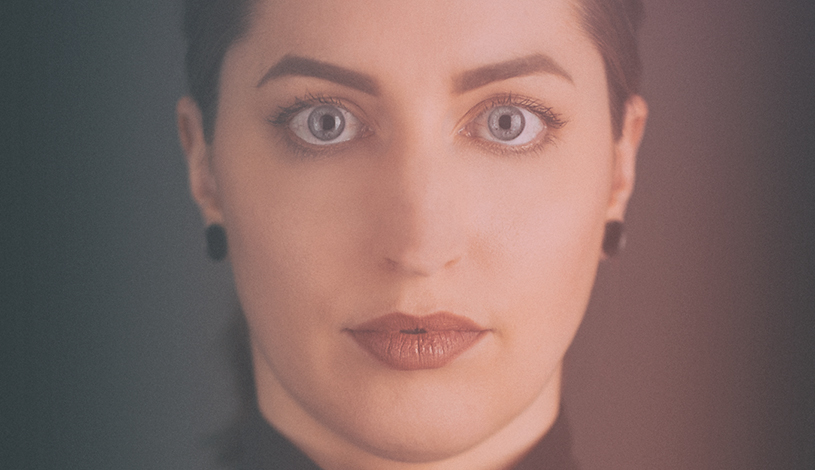

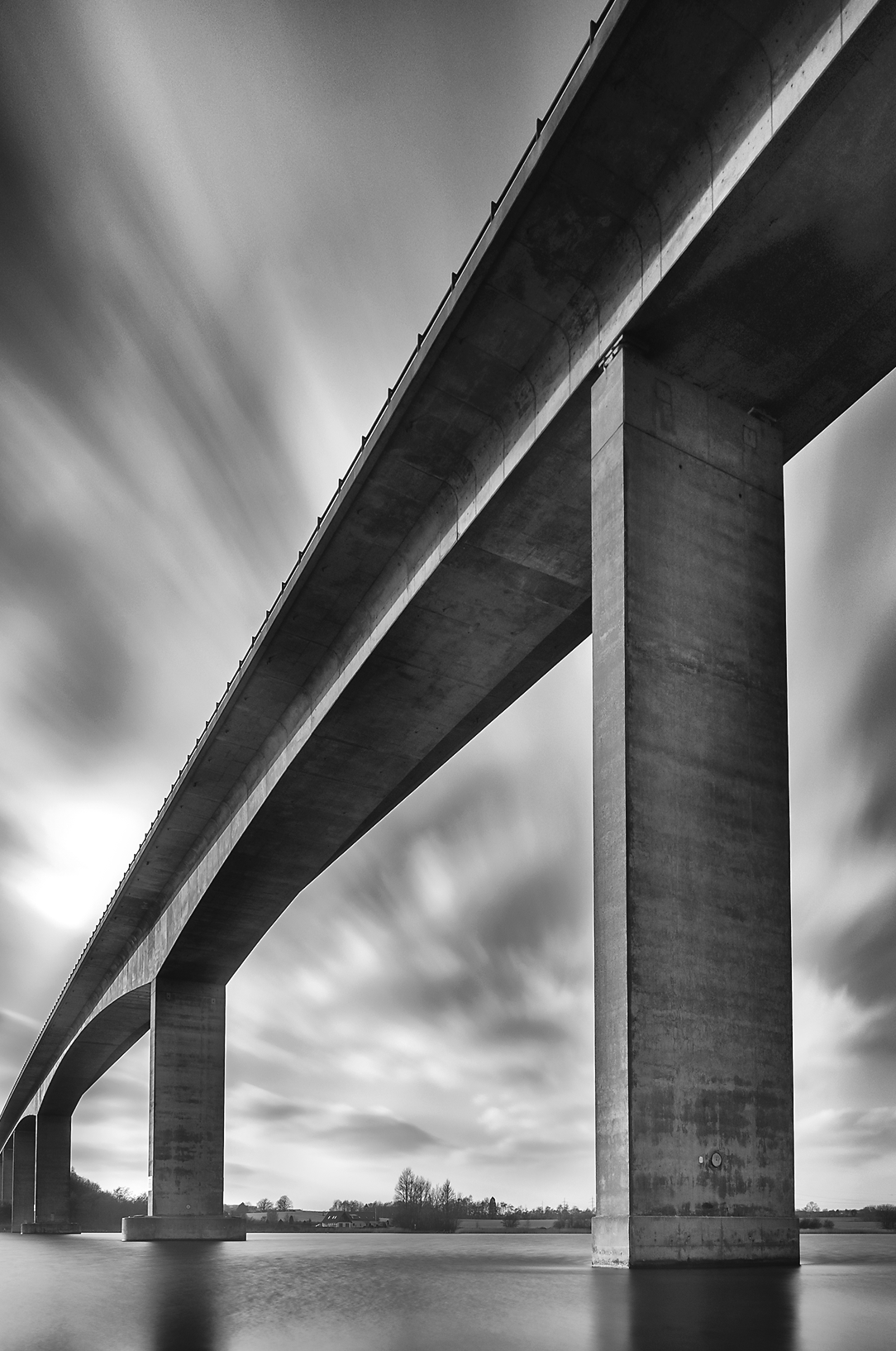
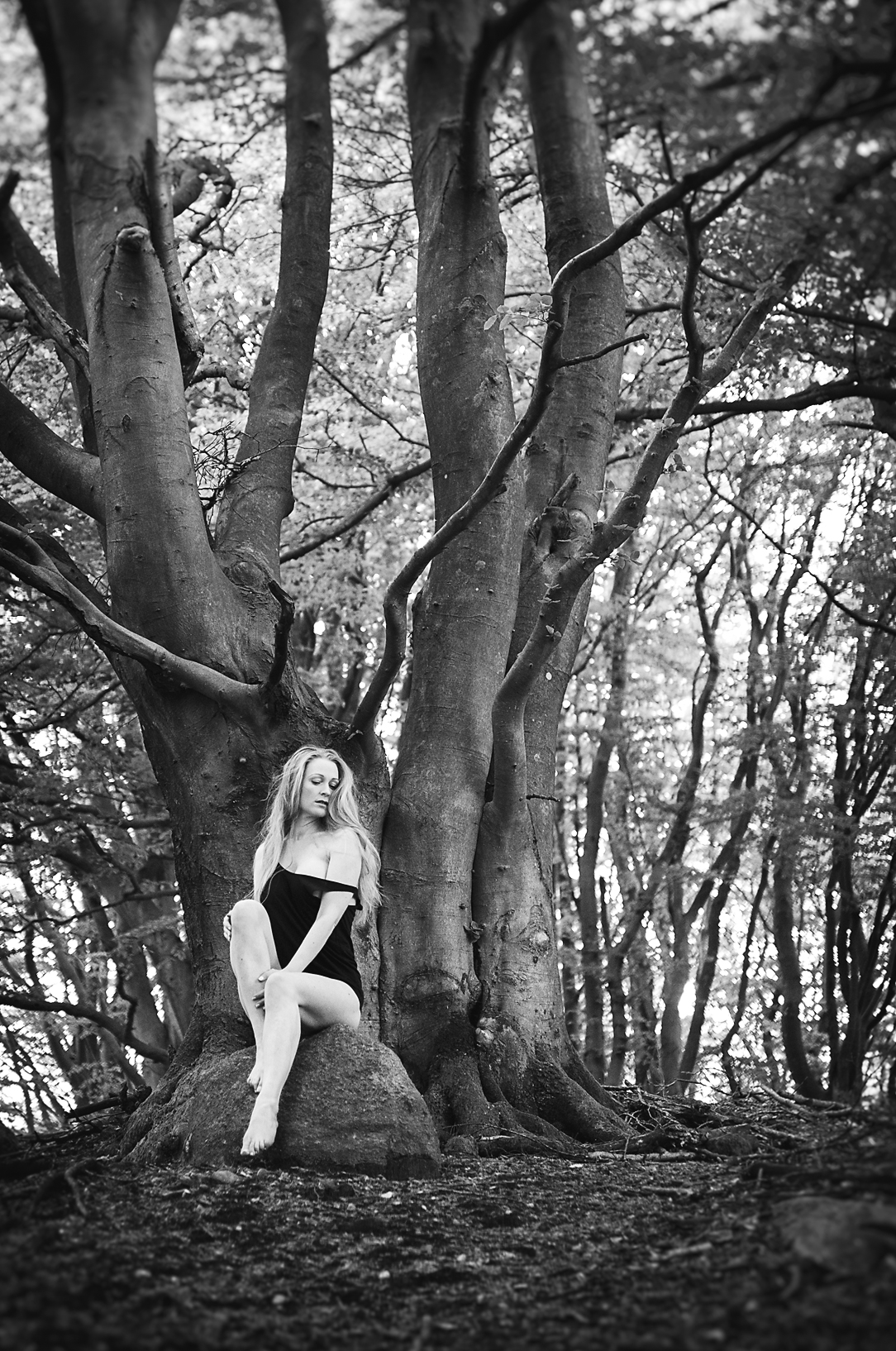
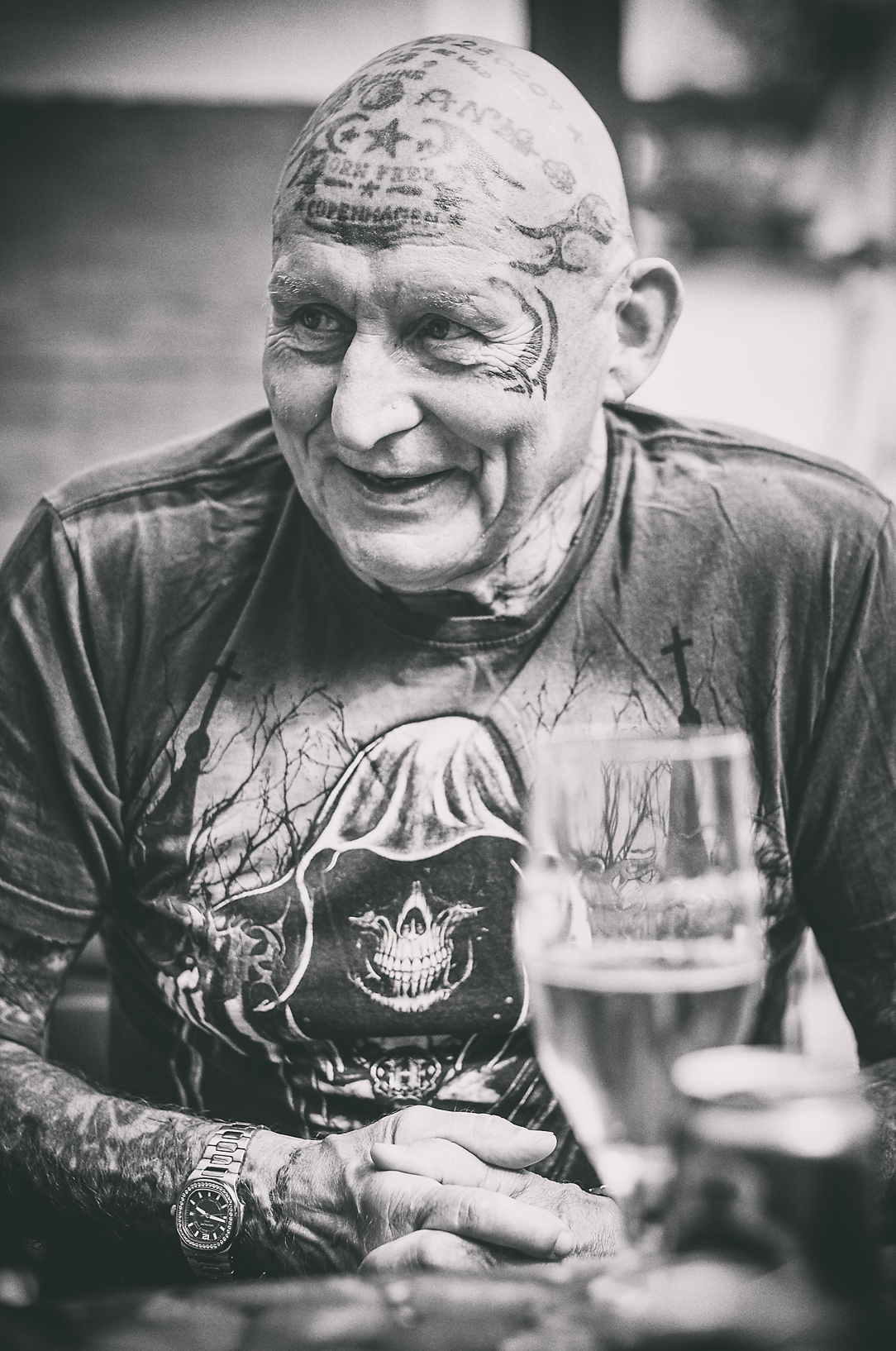
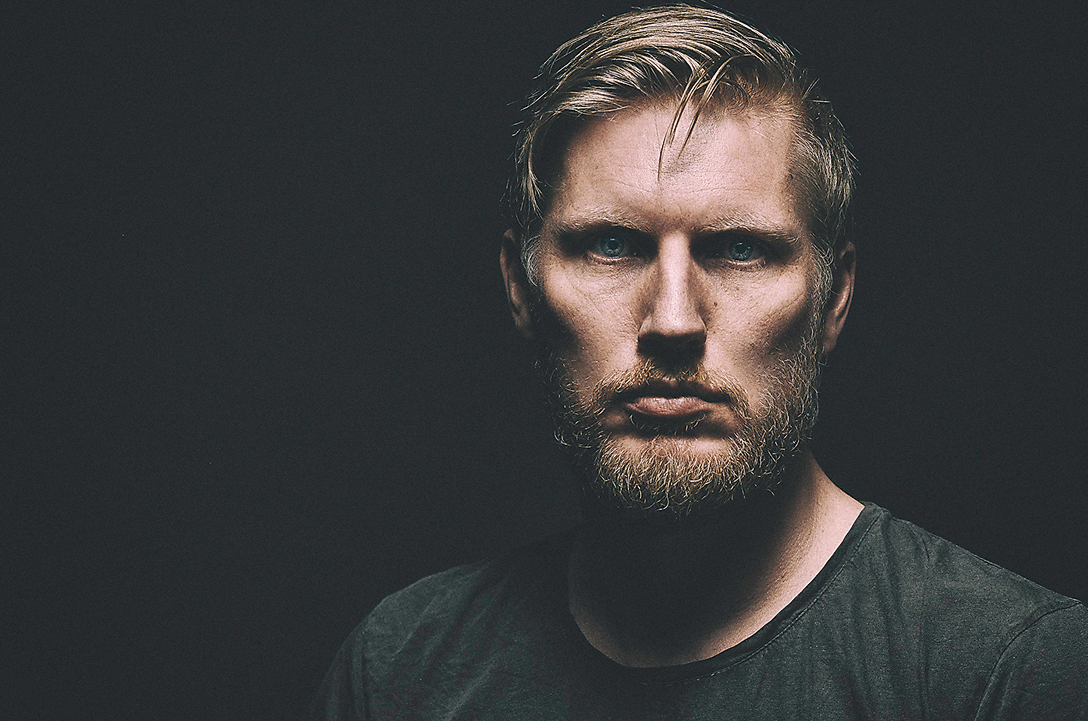
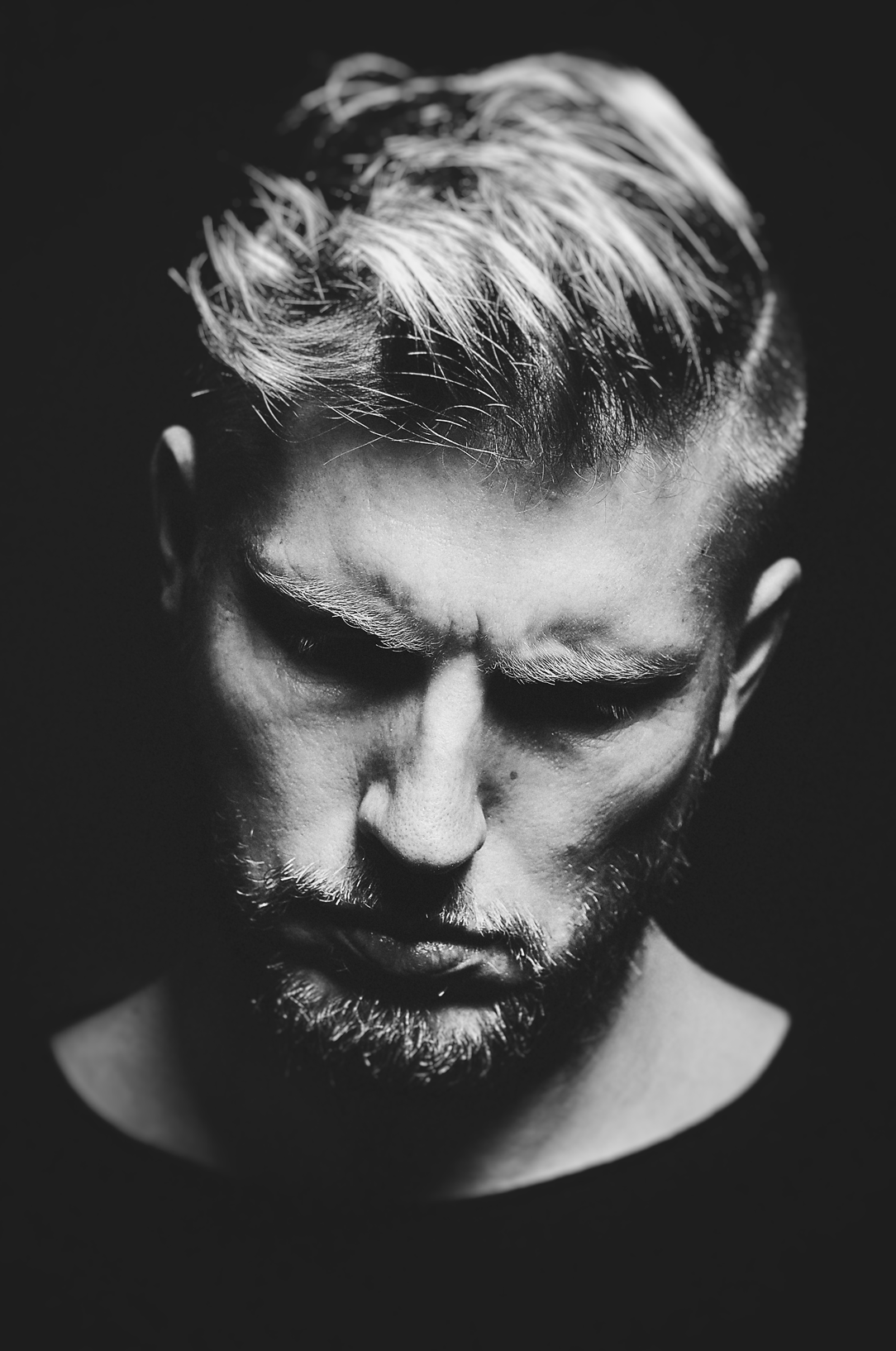
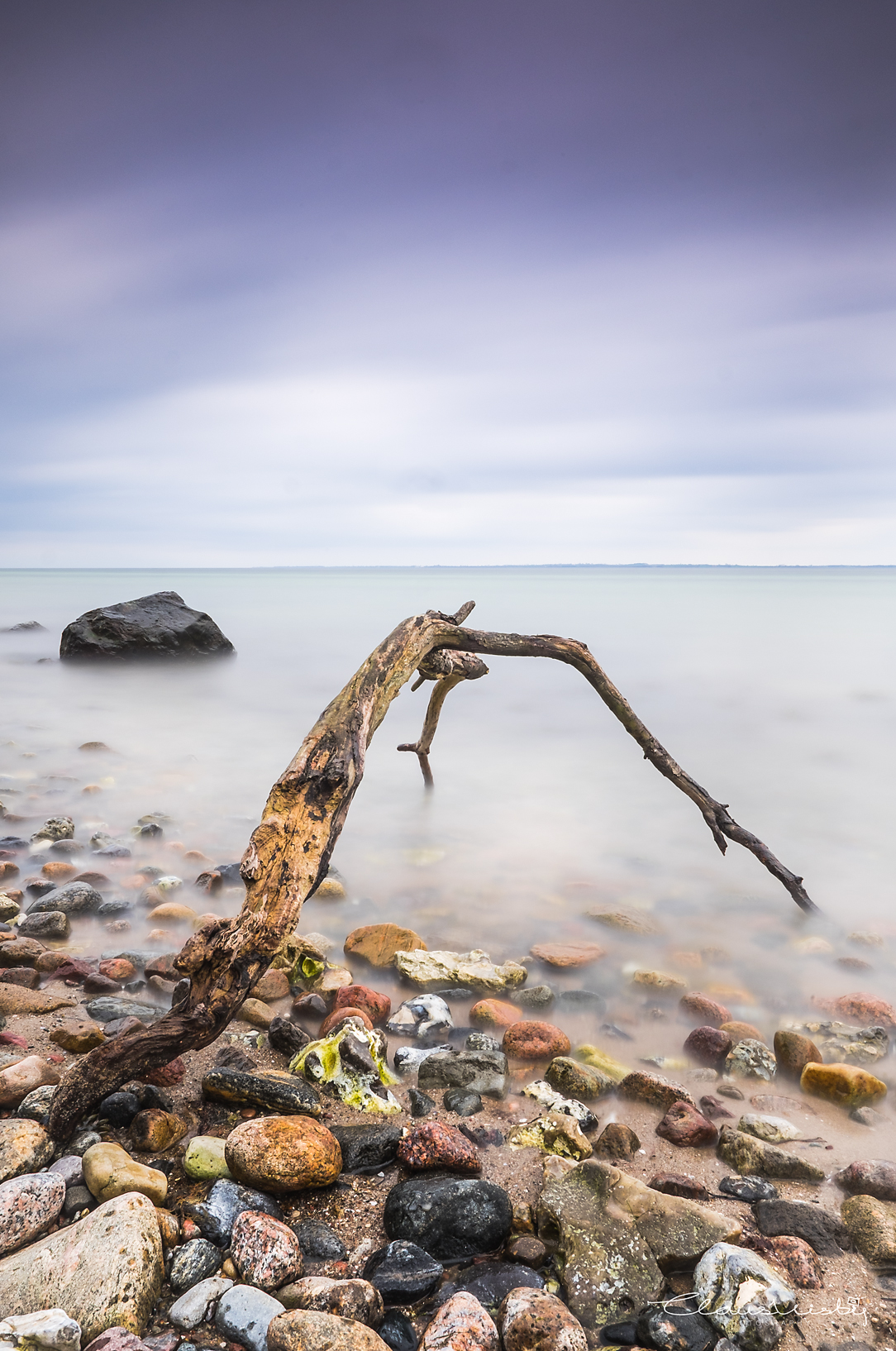




“Downgrading” to Fuji | Fuji X file...
May 16, 2016 @ 4:08 pm
[…] Let’s start with a small confession. I actually wrote this article twice.Finishing it last night, I realized that it was just another “I’ve gone from Canon fullframe to Fuji” speechAnd the content had a certain resemblence to an AA meeting. Me admitting to my sad past life. […]
“Downgrading” to Fuji | Fujifilm X ...
May 17, 2016 @ 3:24 pm
[…] Less is more – losing my religion Let’s start with a small confession. I actually wrote this article twice. Finishing it last night, I realized that it was just another “I’ve gone from Canon … […]
Fuji X News | “Downgrading” to Fuji
May 21, 2016 @ 8:34 pm
[…] By fujixpassion […]
Fuji X News | “Downgrading” to Fuji
May 23, 2016 @ 6:30 am
[…] fujixpassion Less is more – losing my religion Let’s start with a small confession. I actually wrote […]